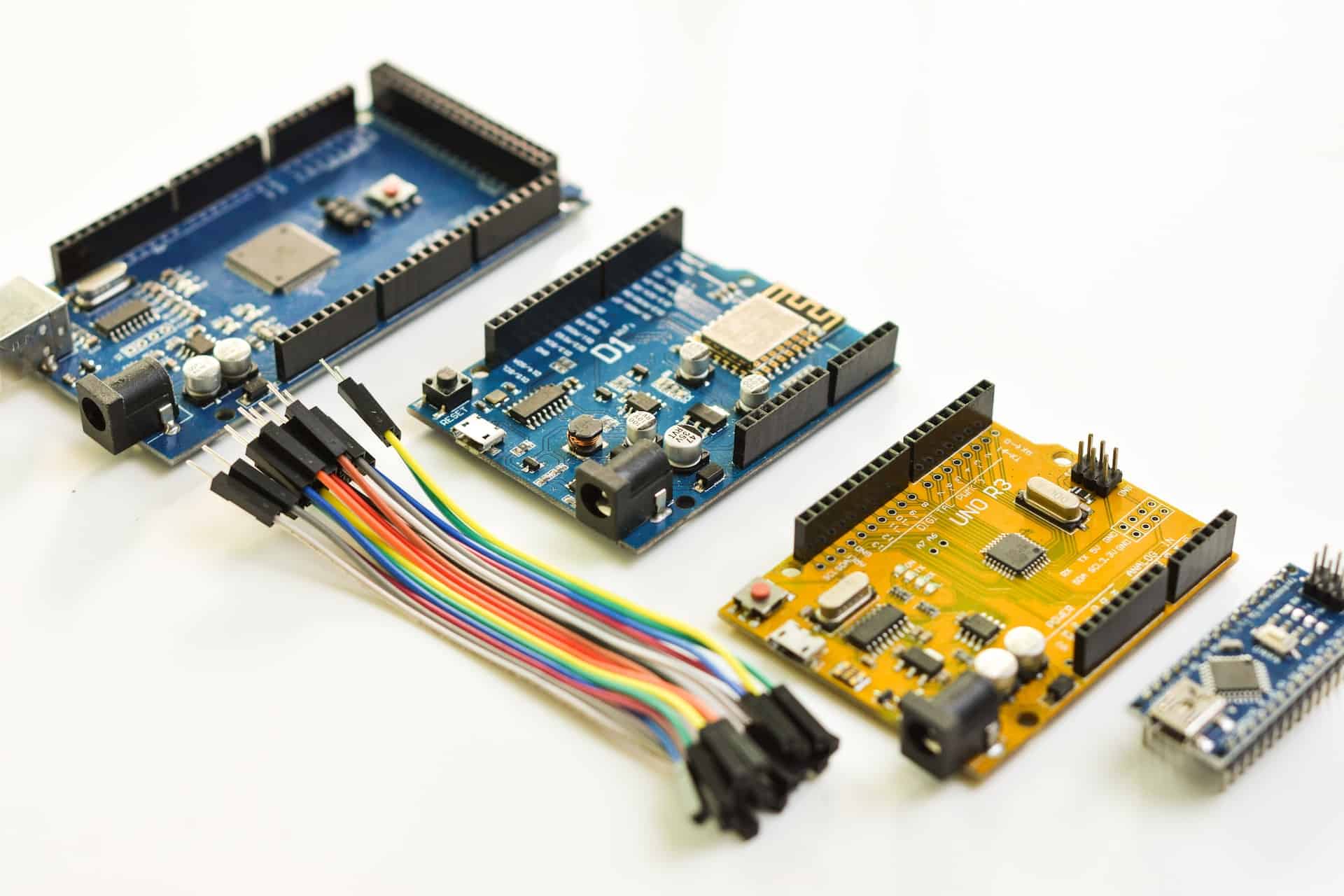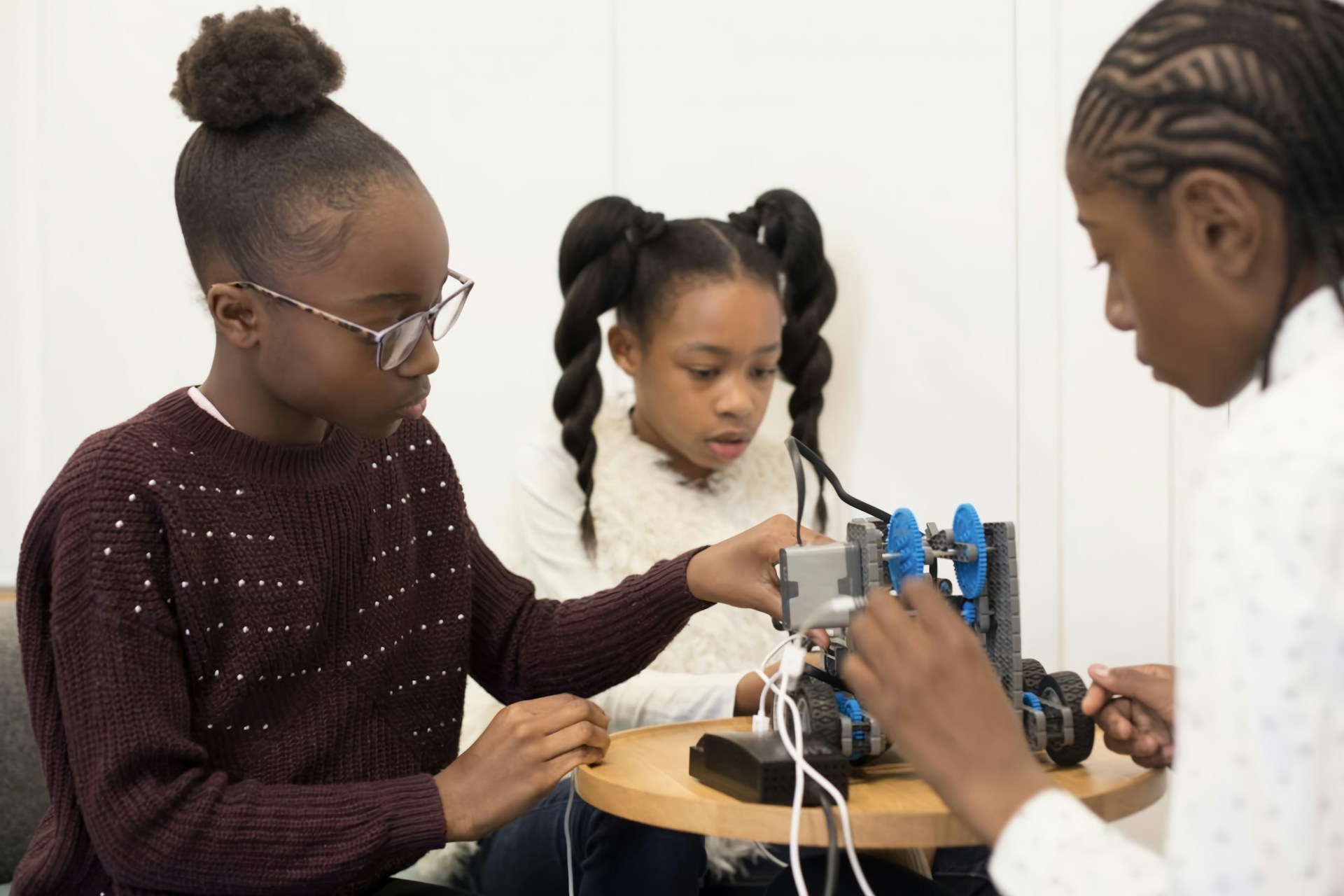
Epic Engineering Projects for Kids at Every Skill Level
February 9, 2023 - Emily Newton
Revolutionized is reader-supported. When you buy through links on our site, we may earn an affiliate commission. Learn more here.
Engineering projects are a fun and engaging way to learn about STEM at any age and skill level. STEM skills are only getting more in-demand in the job market year after year. So, it’s important to introduce today’s kids the engineering skills that could help them succeed one day.
The engineering projects below include options for three different skill levels and two different age groups. Keep in mind, while these projects may be intended for a certain age group, anyone can try them out!
The projects included here aren’t just for kids, either. Adults just getting into engineering for the first time can have a lot of fun with the middle and high school projects. Similarly, some younger kids may pick up engineering skills more quickly than others and want to dive into projects for older kids. Just focus on choosing a project that sounds fun and achievable for you or your student’s skill level.
Engineering Projects for Young Kids
Engineering projects designed for young kids, pre-K to 5th grade, are approachable and creative. These projects aren’t overly complicated and get kids engaged through activity and exploration.
Easy: Homemade HexBug Maze
Many kids in elementary school will already be familiar with HexBugs. These popular toy bugs come in countless colors and imitate several different bug species. They’re also fairly affordable, with the smallest bugs (and the most popular), the HexBug Nano, costing only about $6 each.
The goal of this project is to build a maze and see if the HexBugs can find their way out. The simplicity of this project makes it one of the best engineering projects for young kids to start with. Simply get a colorful HexBug and some building materials from around the house. If your kiddo has LEGOs, they’re perfect for this project. You can use anything from cardboard boxes to toilet paper tubes or even hamster tubes!
Once building supplies have been collected, kids can go to town creating any kind of maze they want. The best part about this project is the amount of freedom and creativity it allows. It gets kids thinking about planning, organization, problem solving, and exercises their ingenuity. Can they design a maze the HexBug can’t escape? How can they get the HexBug across a bridge or around an obstacle?
Medium: Propeller Zipline Racer
The propeller-powered zipline racer is a great engineering project for kids who are ready for a little more DIY construction. It will also introduce them to the basics of Newton’s Laws and even aerodynamics! This project uses materials you can get for a few dollars at your local craft store, including craft sticks, paper clips, string, rubber bands, paper, tape, and glue.
Kids start off this project by making their “racer” out of the craft sticks and paper. Kids in 3rd grade or below may need more help with the construction stage than older kids will. Once the racer is built, the rubber band and plastic propeller are attached. Then hang the racer on the zipline. Make sure to hang the zipline at a safe height where kids won’t be accidentally hit by passing racers.
Wind up the racer by twisting up the propeller connected to the rubber band. When the propeller is released, it will rapidly unwind the rubber band and create thrust that sends the racer moving along the zipline. Seeing the racer in action is fun for kids by itself, but it also creates the perfect opportunity to explain the basics of force and torque, key engineering concepts.
Challenge: Code Your Own Comic
Coding is an important part of engineering and many other STEM careers. Research has shown that children may learn languages more easily than adults because their brains are still developing. Learning to code is a lot like learning a new language, so diving into it at a young age can be both fun and rewarding in the long-term.
One of the best platforms for kids to learn how to code is the free website Scratch, created and operated by the Massachusetts Institute of Technology. Scratch uses visual, block-based coding that makes programming much more approachable for beginners. Scratch has a large library of tutorials to get you started, as well.
A favorite first project on Scratch is creating your own animated story or comic. Scratch tutorials can walk kids through the whole process. Along the way, they’ll learn how to code and get to see their finished animation at the end of the project. There’s a lot of room for creativity with this project, too, and Scratch has loads of similar coding projects kids can try if they enjoy the first one.
Engineering Projects for Teens and Pre-Teens
Kids in middle school and high school can take on more challenging engineering projects and dive more deeply into the concepts behind them. At this age, teachers, parents, and mentors can start introducing projects that require more DIY, more problem solving, and more complicated systems and science.
Easy: DIY Rocket Launch
Launching rockets is a classic science project for middle schoolers and it can be fun for high school kids, too. This project explores key topics of physics, such as Newton’s Laws, aerodynamics, and acceleration. It is also a great opportunity to talk about projectile motion and the mathematical side of physics, a key part of engineering.
You can easily find rocket kits in the store, but you may want to look for sets that have a little room for creativity. Look for DIY kits where kids are given a variety of parts and get to design their own rocket. Building a pre-designed rocket diminishes the fun and creative side of this project.
One particularly fun version of the rocket launch project is challenging students to launch an egg “payload”. They get to take on the role of a NASA engineer and develop their own cushioning system to protect their egg when the nose of the rocket detaches at the end of the launch. The goal is to design a rocket that flies well and a cushioning system that protects the egg well so it can be recovered, un-cracked, at the end of the launch. Kids can team up for a bit of competition, too.
Medium: LEGO Robotics and Robotics Kits
LEGO’s Mindstorms robotics kits are a staple of middle school engineering classes today, and for good reasons. These kits are the perfect blend of structure and freedom for this age group, both at home and in the classroom. LEGO’s robotics kits provide kids with a set of materials they can use to build any kind of robot they want, along with a coding platform that is incredibly easy to use.
LEGO also includes instructions to build a few starter robots to get the ball rolling. The large community for the LEGO Mindstorms kits makes it easy to get technical help or ideas, as well. There are even robotics leagues where kids can compete with their LEGO robots!
In addition to LEGO’s robotics kits, there are thousands of other robotics kits available today. These kits provide the building blocks to create one or more specific robots, giving middle schoolers somewhere to start but also allowing them to try out their own ideas. Makeblock kits are one example that is a bit more hands-on on the coding and electronics end of things if your child or student is interested in programming.
Challenge: Complete DIY Robot with Microcontrollers
A complete DIY robot is the ultimate engineering project for kids of any age but especially middle and high school students. Full-DIY robots don’t use kits of plug-and-play parts like LEGO robotics. Instead, kids graduate to using real electronic components, building their own structure for the robot, and coding it themselves.
There are kits available that include all the basic electronics needed. It isn’t a dangerous process, but you should also pick up a guide to microcontroller boards and electronics to help answer any questions about the parts. These components include wires, LEDs, motors, gears, breadboards, and more. It might sound overwhelming, but these DIY robots can often be more approachable than students might think.
For instance, the Birdbrain Robotics Hummingbird kit, designed at Carnegie Mellon University, includes a kid-friendly microcontroller board and all the basic parts needed to build a robot from scratch. Birdbrain encourages students to use cardboard to create their own robots, with some students even making talking dinosaurs, lions, and other 3D animals. A DIY robot project with a kit like this opens the floodgates for imagination and applied learning.
Exploring STEM With Engineering Projects
Engineering projects are a great way to get kids of any age engaged with STEM. Even students who aren’t interested in a career in STEM can learn valuable skills from engineering projects, such as problem solving, leadership, and teamwork. The projects outlined above include options for kids at any age and skill level so there’s something for all students to explore!
Revolutionized is reader-supported. When you buy through links on our site, we may earn an affiliate commission. Learn more here.
Author
Emily Newton
Emily Newton is a technology and industrial journalist and the Editor in Chief of Revolutionized. She manages the sites publishing schedule, SEO optimization and content strategy. Emily enjoys writing and researching articles about how technology is changing every industry. When she isn't working, Emily enjoys playing video games or curling up with a good book.




